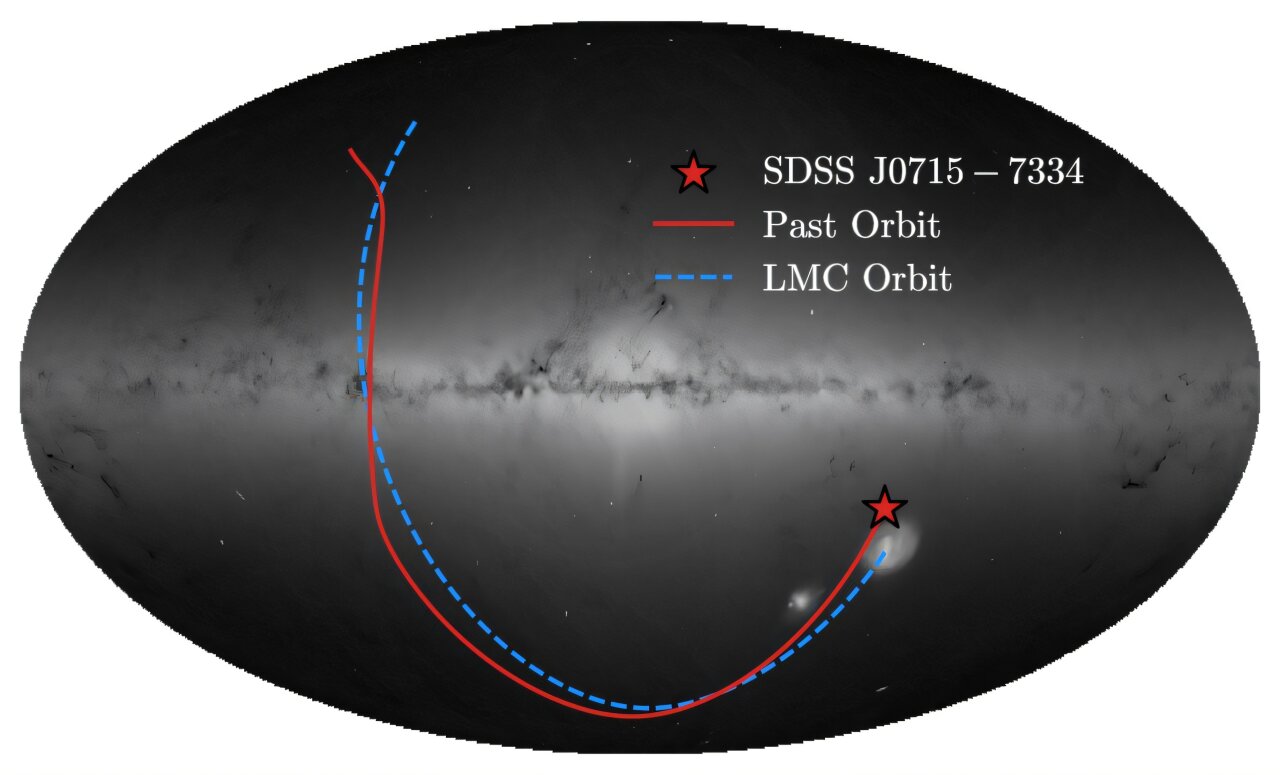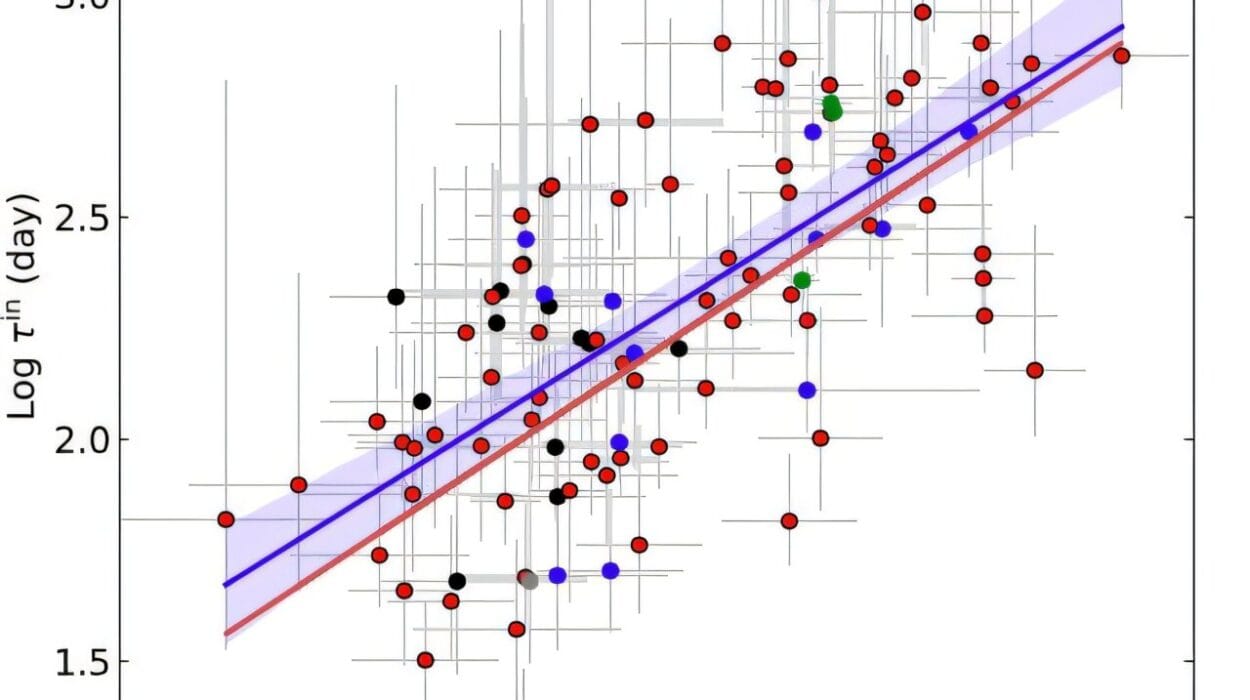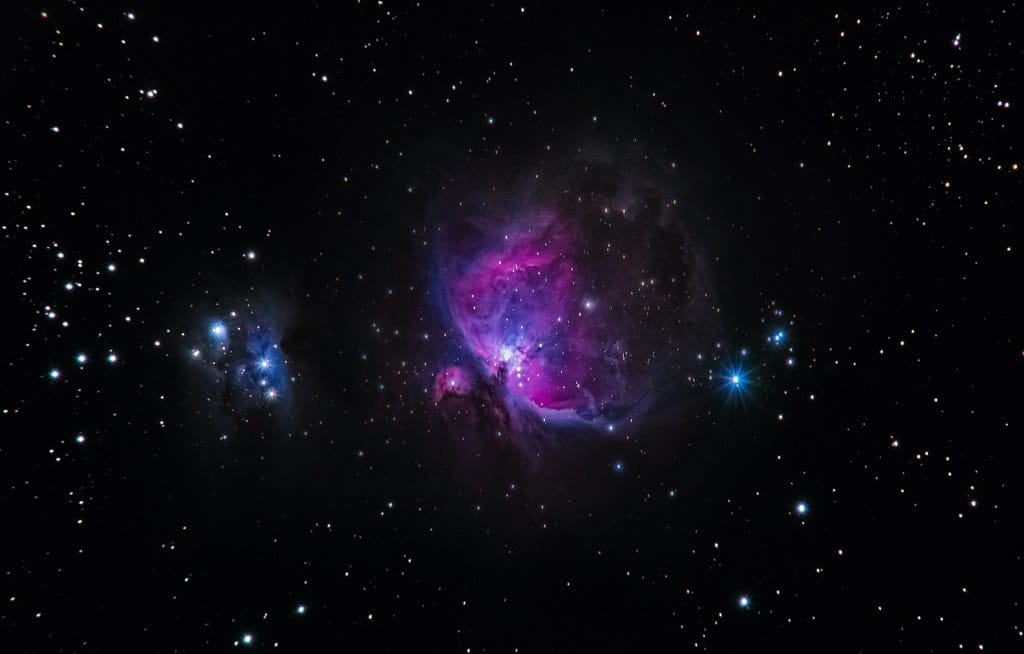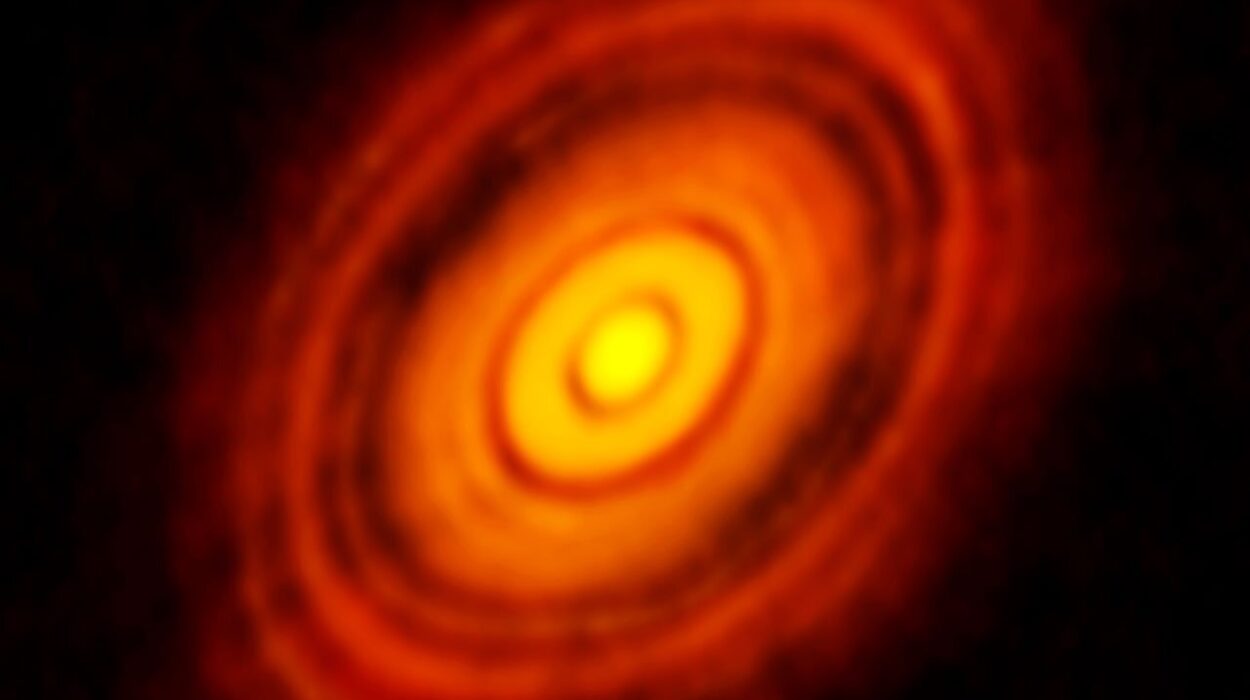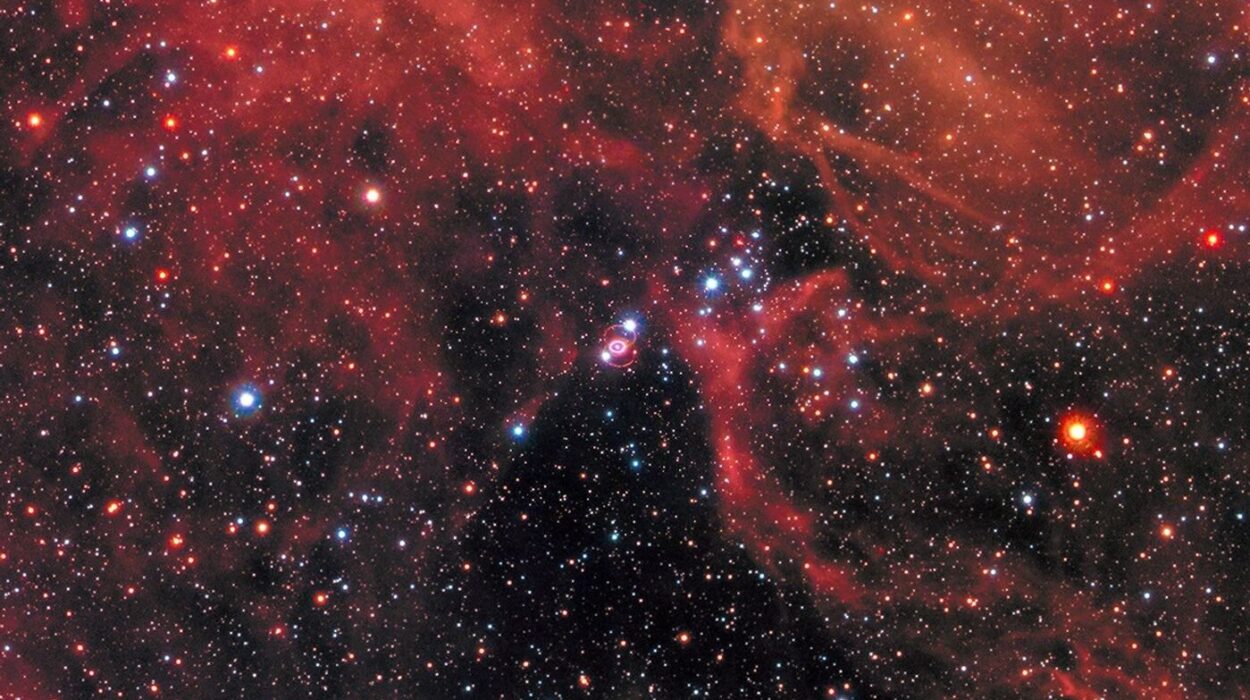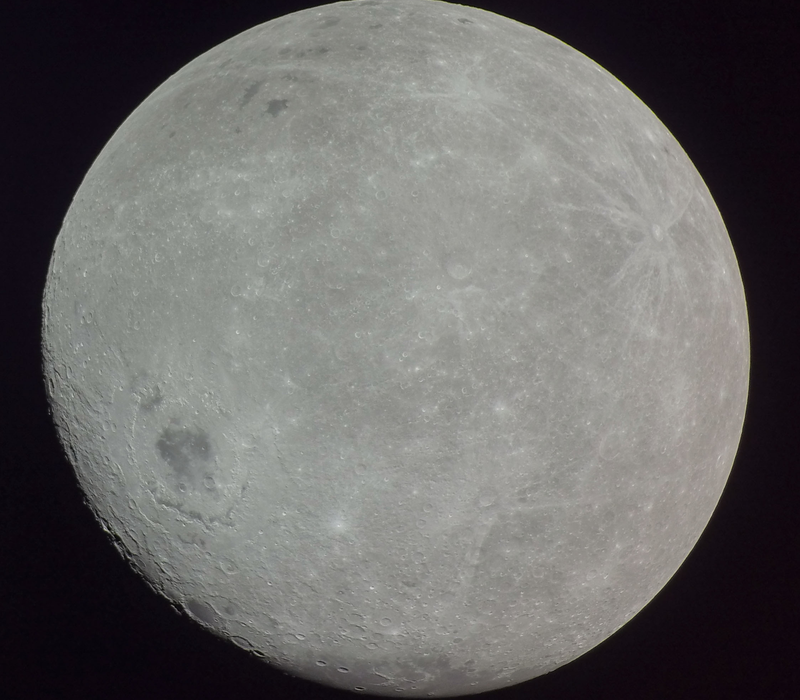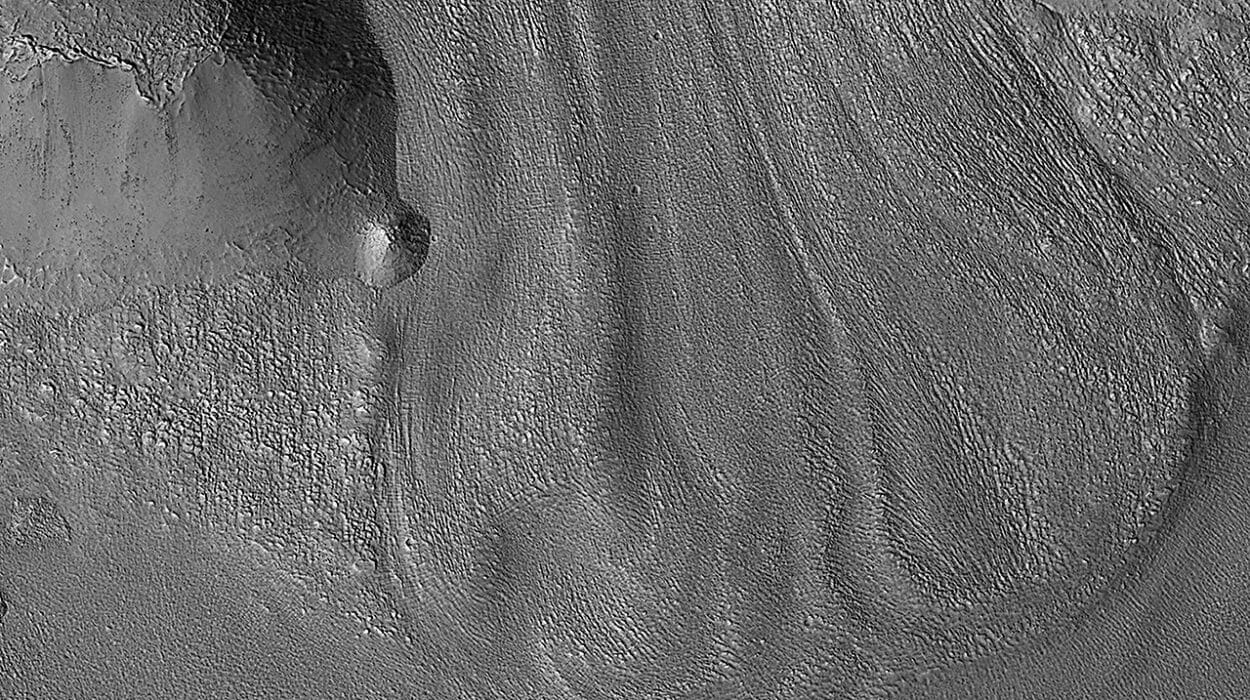Not all stars are born equal. Some blaze with heavy metals forged in the hearts of previous generations, while others are the nearly untouched remnants of the universe’s earliest dawn. Among the countless stars that light our skies, a rare few still carry the signature of the very beginning — when the cosmos was young, simple, and almost pure.
Astronomers now believe they have found one of these celestial relics — perhaps the most pristine star ever discovered. The red giant, named SDSS J0715−7334, is a cosmic time capsule, holding secrets from when the universe was still forming its first structures. Led by Alexander Ji of the University of Chicago, the research team’s findings, shared on the arXiv preprint server, have sent ripples of excitement through the astrophysical community.
The Birth of the First Stars
To understand why SDSS J0715−7334 is so remarkable, we must journey back nearly 13.8 billion years, to the moments following the Big Bang. In those early times, the universe contained little more than hydrogen, helium, and trace amounts of lithium. These were the lightest and simplest elements, born directly from the cosmic explosion that started everything.
Heavier elements — such as carbon, oxygen, iron, and gold — did not yet exist. They were created later, inside stars, through the process of nuclear fusion, where atoms are pressed together under immense heat and pressure to form new elements. When the first massive stars died in supernova explosions, they scattered these newly forged elements into the cosmos.
Each generation of stars that followed was born from gas clouds increasingly enriched by the ashes of previous stars. Thus, every new generation contained a bit more “metal” — the astronomical term for elements heavier than helium. Over billions of years, this cosmic recycling built the rich periodic table we know today, and ultimately, everything we see: planets, oceans, and even life itself.
The Purity of a Cosmic Survivor
SDSS J0715−7334 stands out because it appears to have formed before this recycling process had gone very far. Astronomers measure a star’s “metallicity” — its content of heavy elements — using the variable Z. In most stars today, Z ranges from about 0.001 to 0.03, but this red giant’s metallicity is less than 7.8 × 10⁻⁷.
That’s astonishingly low — roughly two times more metal-poor than the previous record holder, and ten times poorer in iron than the most iron-deficient star ever known. In other words, SDSS J0715−7334 is almost completely free of heavy elements. It is as close as astronomers have ever come to finding a star from the first generation of cosmic light, the so-called Population III stars.
These Population III stars were the universe’s original pioneers — massive, hot, and short-lived. They burned through their fuel quickly and exploded in supernovae, seeding the universe with its first heavy elements. No true Population III stars are believed to exist today, as they lived and died billions of years ago. But SDSS J0715−7334 may have formed from the remnants of one such star’s explosion, capturing the fingerprint of that first cosmic age.
A Chemical Message from the Past
When scientists examined the star’s light using spectroscopy, they found a pattern of elements unlike anything seen before. Spectroscopy allows astronomers to break down starlight into its component wavelengths, revealing which elements are present in the star’s atmosphere. Each element absorbs light at specific wavelengths, creating a chemical barcode that can be read from across the galaxy.
SDSS J0715−7334’s barcode revealed almost no heavy elements — even carbon, which is often found in abundance in other metal-poor stars, is remarkably scarce. This makes it unique among known stars and a precious window into how the very first stellar generations lived and died.
The team’s models suggest that the star formed from the gas left behind by the supernova of a 30-solar-mass Population III star. The explosion seeded its surrounding gas cloud with only a trace amount of heavy elements before collapsing, leaving just enough material to form this second-generation star. Because SDSS J0715−7334 has not been significantly contaminated since, its chemistry remains almost exactly as it was more than 13 billion years ago.
A Journey Across the Galaxy
One of the most intriguing aspects of this discovery is where the star came from. Using data from the Gaia spacecraft, which tracks the motion of stars with incredible precision, Ji’s team traced SDSS J0715−7334’s path through space. The evidence suggests that it originally belonged to the Large Magellanic Cloud (LMC) — a small satellite galaxy orbiting our Milky Way.
Over cosmic time, gravitational interactions likely pulled the star from its home galaxy and brought it into the Milky Way’s outer halo, a vast, sparsely populated region that surrounds the galaxy’s disk. This galactic migration gives astronomers a new clue about how galaxies exchange stars and matter — a process known as galactic cannibalism, which plays a crucial role in galaxy formation and evolution.
The Cooling Mystery of Star Formation
Beyond its record-breaking purity, SDSS J0715−7334 also provides new insight into how stars form from the cooling gas of the early universe. In modern star-forming clouds, elements like carbon and oxygen help the gas lose heat more effectively, allowing it to collapse under gravity and form stars. This is known as fine-structure cooling.
However, stars like SDSS J0715−7334 formed in environments nearly devoid of these elements. The team found that it lies below something called the fine-structure cooling threshold — meaning it must have cooled by other means. Their findings support the idea that cosmic dust, tiny grains of solid material, played a vital role in helping early gas clouds cool enough to form stars.
This discovery suggests that dust cooling was not just a local phenomenon but a universal process, shaping star formation in primitive galaxies across the cosmos. It shows that even when the universe was young and nearly pure, complexity was already finding ways to emerge.
A Time Machine to the Dawn of Stars
Every ancient, metal-poor star discovered acts as a cosmic fossil, preserving the conditions of an earlier epoch. By studying them, astronomers can reconstruct the timeline of the universe — from its first light to the complex, star-filled galaxies we see today. SDSS J0715−7334, in particular, is a rare and precious artifact of the universe’s childhood, bridging the gap between the first and second generations of stars.
Its existence confirms that even in the earliest cosmic times, the universe was already experimenting with diversity — forming stars of different masses and lifespans, creating the heavy elements that would later give rise to planets, oceans, and life itself.
Why Discoveries Like This Matter
Finding a star like SDSS J0715−7334 isn’t just about breaking records — it’s about understanding where we came from. Every atom in your body was once forged in a star. The iron in your blood, the calcium in your bones, the carbon in your cells — all of it originated from the nuclear furnaces of ancient suns that lived, burned, and died long before Earth existed.
Studying stars with almost no heavy elements allows scientists to peer back to the moment before that cosmic alchemy began. It helps them test theories about the first stars, the first galaxies, and the processes that turned a simple universe of hydrogen and helium into one filled with complexity and color.
A Universe Still Unfolding
As telescopes and instruments grow more powerful, astronomers are reaching ever further into the past. The James Webb Space Telescope (JWST) is already capturing light from galaxies formed less than a few hundred million years after the Big Bang. Each new discovery adds a piece to the grand puzzle of cosmic history.
SDSS J0715−7334 reminds us that the story of the universe is still unfolding — not only in distant galaxies but also in the quiet corners of our own Milky Way. Somewhere in that ancient starlight lies a reflection of our own beginnings, written in the same elements that one day would form our world.
The Legacy of a Pristine Star
SDSS J0715−7334 is more than just a record-breaking star — it is a messenger from the dawn of time. Its faint, ancient glow carries whispers of the first stars that lit the darkness, the first explosions that seeded the cosmos, and the first steps toward everything that would one day exist.
In studying this lone, metal-poor red giant, we are not just observing a star — we are reading the first chapters of creation itself. It stands as a silent witness to the universe’s earliest dreams, reminding us that even the simplest beginnings can give rise to boundless beauty.
More information: Alexander P. Ji et al, A nearly pristine star from the Large Magellanic Cloud, arXiv (2025). DOI: 10.48550/arxiv.2509.21643
